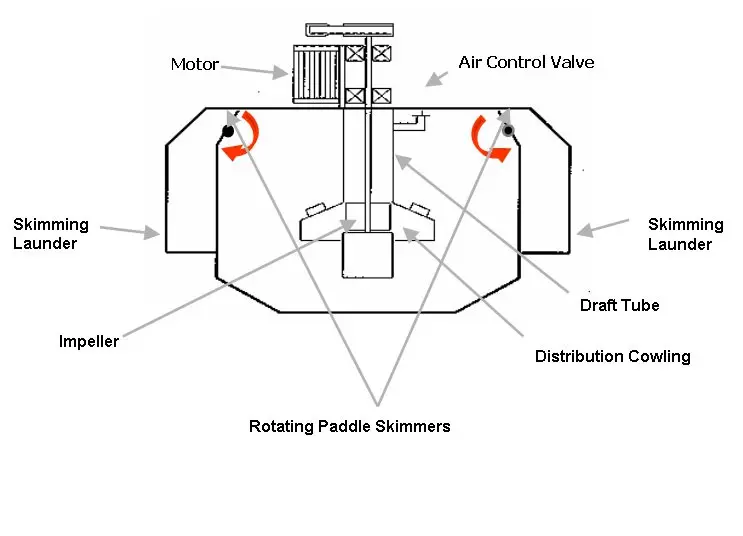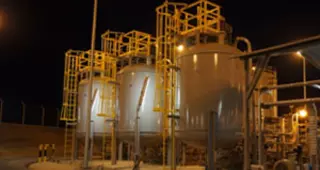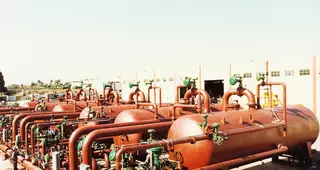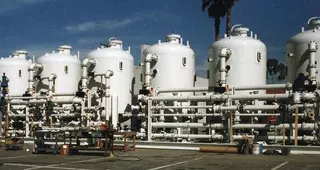Veolia’s AutoFlot is an adaptable and affordable IGF technology designed to provide high performance and greater throughput capacity for the treatment of highly entrained streams that require intensive aeration.
Overview
Veolia’s AutoFlot is an adaptable and affordable IGF technology designed to provide high performance and greater throughput capacity for the treatment of highly entrained streams that require intensive aeration. Featuring four in-line cells and additional inlet/outlet boxes isolated by a baffled underflow design, Autoflot technology provides maximum opportunity for liquid/solid contact inside a horizontal vessel.
Custom Integration
Autoflot IGF self-contained packaged equipment can also be completed with the provision of piping, associated valves, instrumentation, and chemical (polymer) feed systems.
Features
- Autoflot has four cells which operate in series for maximum liquid/air contact.
- Choice of four top-mounted, air-inducting mechanical impellers or hydraulic eductors.
- Gas-tight designs available for containment of volatile organic compounds (VOCs).
- Adjustable skimming action to regulate contaminant removal and waste recovery.
Benefits
- Flexibility. Because the cells operate independently of each other, Autoflot is still operational even if one cell shuts down.
- Combines removal efficiencies of up to 95% with high throughput, Autoflot can achieve oil and suspended solids concentrations of less than 10 parts per million (ppm) depending on the feed water conditions.
- Complete, self-contained units, that ease installation and maintenance works.
Applications
Autoflot is ideal where oil/water separation is required in large volumes or where other organic matter must be removed from water or industrial effluents. Autoflot is primarily used in the processing of oilfield produced waters where IGF separators are typically installed after a primary separation step (e.g. CPI) that reduces the free oil content to 200-300 parts per million (ppm). Autoflot is also featured in the flowsheets of quench water systems in ethylene cracking facilities. Other applications include refinery and petrochemical plant wastewater prior to biological treatment.
- Produced Water De-oiling
Applications
Mechanical induction
A rotating shaft and turbine impeller create a vortex which draws the gas down the draft tube entraining it in the water and forcing the bubble-rich water throughout the cell to aid contaminant rising. Side-mounted rotating mechanisms with adjustable paddles skim the contaminants off the surface into oily waste compartments.

Hydraulic induction
Instead of separate motor-driven impellers for each cell, four eductors driven by a recycle pump efficiently saturate the passing water stream and provide optimal contact of contaminants with fine gas bubbles dispersed at the submerged orifice of the eductor thanks to the powerful venturi effect in recirculating flow. With fewer moving parts, hydraulic induction delivers the same treatment performance inside a pressurized cylindrical design that controls the release of any harmful emissions of hazardous, explosive gases and other volatile organic compounds (VOC) such as benzene, hydrogen sulfide, etc.





